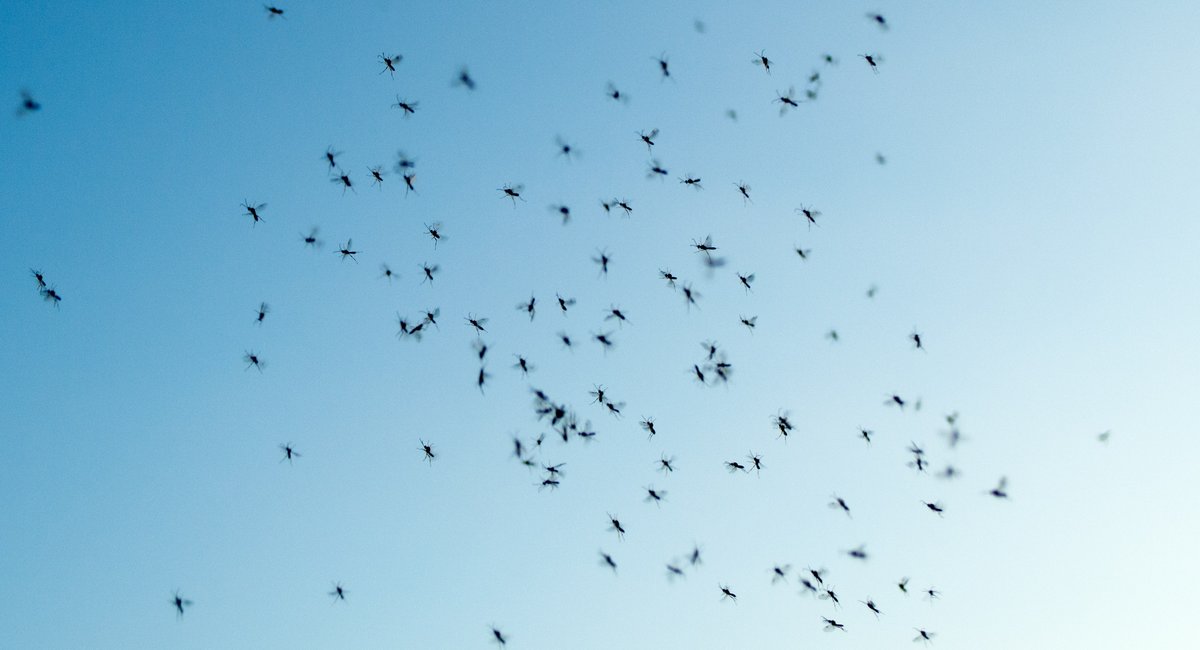It may be the beginning of the ten plagues or it may just be the weather, but clouds of tiny bugs are swarming New York City.
Over the past two days New Yorkers have reported running, biking, walking and even taking the train through hordes of tiny bugs.
The little bugs have been caught on video, flying around parts of Manhattan and Brooklyn and making it hard to breathe. They’ve even infiltrated subway platforms. New Yorkers have said they’re hard to see until you’re in a cloud, but they show up on your clothes and car windows and are easily ingested through the mouth and nose.
Experts say they are aphids, but are still unsure what type of aphids and why there are so many of them now.
“They definitely look like aphids,” said Sam Anderson, an urban agriculture specialist with Cornell Cooperative Extension. “They don’t look likely to be the type of aphid that would be a common pest in a garden.”
Anderson and other bug experts around the city have been swarming social media and buzzing each other on the phone, sharing photos trying to identify what type of aphids these are. Anderson suspects they are sycamore aphids, which feed on the sap of sycamore leaves.
David Lohman, a biology professor at the City College of New York who earned his doctorate by dissecting the genitals of woolly aphids, says New York’s current aphid clouds are not woolly aphids.
“What you’re seeing in these photos is the sexual stage. These are males or females that are going out to mate,” Lohman said. “My impression was that this usually happened in the fall rather than the summer, but it might be different in different species.”
Typically New York City has lots of aphids, we just never notice them, experts say, as they are normally hunted by other predator insects. The best theory behind their sudden appearance is simply a confluence of weather patterns favorable to the aphids’ love language.
Humans, pets, trees, and tomato and strawberry plants should be safe from these…
Read the full article here

Leave a Reply